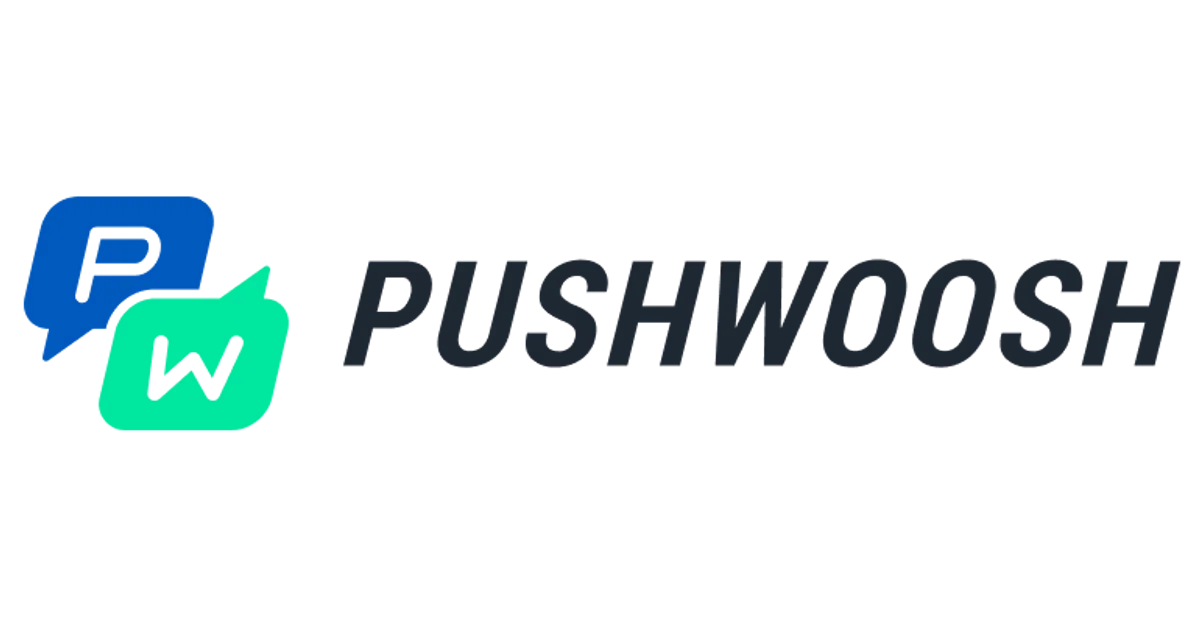Hey there, it’s Jacob at Retention.Blog 👋
I got tired of reading high-level strategy articles, so I started writing actionable advice I would want to read.
Every week I share practical learnings you can apply to your business.
How do you choose a lifecycle marketing tool?
First off, what is lifecycle marketing?
It’s become a catch-all term for email, push notifications, in-app messages, and SMS.
I get asked for advice about which lifecycle marketing tool to choose.
It’s tricky.
Unless you’re familiar with the tools, they all have the same features and pitch you relatively similar promises.
And they all send messages to people, so how do you choose?
To simplify, you have 7 real options:
Braze
Iterable
Onesignal
Customer.io
CleverTap
PushWoosh
Leanplum
Yeah, there are other tools that can support mobile apps, but I don’t see them as legitimate options.
There are some new AI-based tools like Aampe, but I don’t think they’re ready to fully take the place of a lifecycle marketing tool.
Let’s sort them all quickly.
I have no affiliate with any of these tools and none are paying me any money. If I was smart I would have set up partner deals with all of them to get paid if you choose any of them. But as you’ll see, I have no URLs in the page at all. Except, Customer.io, since their name is their website also…tricky.
Braze and Iterable
Braze and Iterable are powerful tools and can accomplish anything you need.
These are enterprise-level tools and are priced that way
Expect the starting price to be $40-50k+ annually
If you can afford them, they are better.
But I’d also add another $100k+ price tag to that. Why?
You should also allocate a dedicated person. If you’re going to be spending that much on a tool, you better take full advantage of it.
You should also have adequate data engineering support to make sure you can set them up well.
Customer.io and CleverTap
Mid-level tools that are pretty powerful
You can get 80% of what you want to accomplish done with these tools
They both have very friendly pricing to get started with (and are more transparent on their websites)
Customer.io actually has a trial view where you can play around with the platform
Are there things missing that are helpful when you’re a larger company? For sure.
If this is your first real lifecycle marketing tool, will you know what those things are? Maybe, but probably not.
I’d expect enterprise pricing to start around $20k+ annually for both of these (don’t hold me to that!)
OneSignal
Good marketing, subpar tool
I don’t really want to say too much about them because I don’t think it’s good to talk poorly about others. I’ll leave it at that 🙂
What about Leanplum?
Leanplum is now part of CleverTap
I haven’t actually used Leanplum myself, so it’s hard for me to give concrete advice
I believe Leanplum was positioned as more of an enterprise product, so maybe Clevertap wanted to acquire the customer base?
If two companies are doing the same thing, and one buys the other, which do you think they’ll continue to prioritize development on? I’d probably just go with CleverTap if you’re deciding between the two
What’s left?
Airship and Pushwoosh
Two completely different sides of the coin.
Airship is an older company (relatively) and was one of the early leaders in mobile engagement. I think they have a stronger presence in larger brands (think Fortune 500).
Both Leanplum and Airship (formerly Urban Airship) were early leaders in mobile engagement and marketing automation, but it seems like they got passed by a little bit by Braze and Iterable.
Have you heard of Pushwoosh?
They are one of the most affordable tools I’ve seen
They have a lot of features, but not every feature may support all the capabilities under the sun and the way things are set up is a little wonky
When I was using it, things were a bit buggy, but they have unbelievably responsive support and sometimes things would get fixed the next day!
It’s an okay option that can probably accomplish everything you need to do for a great price.
If all you care about is price, maybe you check them out
Do you want a best in class tool?
Choose Braze or Iterable
But to be fair, Customer.io is gaining ground quickly in terms of what you can accomplish. I actually like Customer.io’s segmentation/audience builder tool better than Braze.
They also have all of their features and data integration tools included and don’t try to nickel and dime you for everything.
Evaluate CleverTap and Customer.io for a mid level tool, that is still pretty powerful.
If you can’t afford CleverTap or Customer.io, I would think carefully about whether you really need a lifecycle marketing tool at this point.
Ask yourself:
Will a few product-powered push notifications and a few API calls to Sendgrid accomplish everything you need to?
Until you can afford CleverTap or Customer.io, you probably want to spend all of your time improving your product conversion and scaling acquisition.
Any decent sized win there will have a much larger impact than launching a new email.
So now you have a good lay of the land, but how do you know what you can afford to spend?
All these tools sell you on their ROI and tell you that you’ll always grow your revenue using them.
“Omni-channel messages convert 400% better… blah blah blah…”
Quick maths
Here’s some quick math to figure out the ceiling of what you can return from lifecycle marketing. And this is specifically for subscription apps.
Other apps with different business models may see higher returns.
Why are subscription apps different?
Because often the majority of your conversions come on Day 0 when a user first tries the app, so there is a fixed ceiling for how many additional users you can convert with lifecycle marketing.
I would guess with strong-performing lifecycle marketing, you can improve revenue by 20-30% over time.
And this is not by just doing the basics. This is by having a full-time hire or team focused on lifecycle marketing campaigns.
And this is not for every product either. If you have a calculator app, it’s going to be tough to provide enough additional value through email or push notifications.
If you do the basics ( turn on some winback campaigns, run some sales campaigns, re-engage inactive users), it’s probably more like a 10-15% increase in revenue ceiling.
So if you’re app is doing $1M ARR, and you think you can increase your revenue 10%, you can spend $100k.
But ideally, you make some money, so you want to spend less than $100k.
That could justify $10-20k on a marketing tool. And another $30-40k on a part-time lifecycle marketer.
Don’t assume that you can get that 10-15% bump out of the gate. It’s going to take a bit of trial and error to figure out what works for your audience.
And then comes the hard part of trying to attribute your work on lifecycle marketing.
With smaller audiences, A/B testing is quite unreliable.
You may think “I have 500k users, that’s plenty to test with!”
I wrote a post on experimentation a bit ago here:
Rarely are you ever messaging your whole user base, so you can easily end up only having a few thousand people in your test audience.
I would recommend that smaller apps focus on creating great, complimentary experiences with their lifecycle marketing first before diving into A/B testing.
Your onboarding journey, early sales campaigns, winback campaigns around subscription churn, trial winback, renewals, and a few other key points in the lifecycle journey will give you the majority of your returns for quite some time until you get larger and can justify investing more.
Let me know what other questions you have on choosing a lifecycle marketing tool!
Choosing a tool is often the easy part, getting everything connected, up and running, and actually providing value is no small task.
Looking to go to a conference this year?
Mobile Apps Unlocked is still the largest mobile app focused conference in the business.
I was a speaker last year, and will be a media partner this year with Retention.Blog - how cool! I would love to meet some of you there!
And most of you will be eligible for free passes if you sign up before April 10.
📣 Want to help support and spread the word?
Go to my LinkedIn here and like, comment, or share my post.
OR
Share this newsletter by clicking here.











